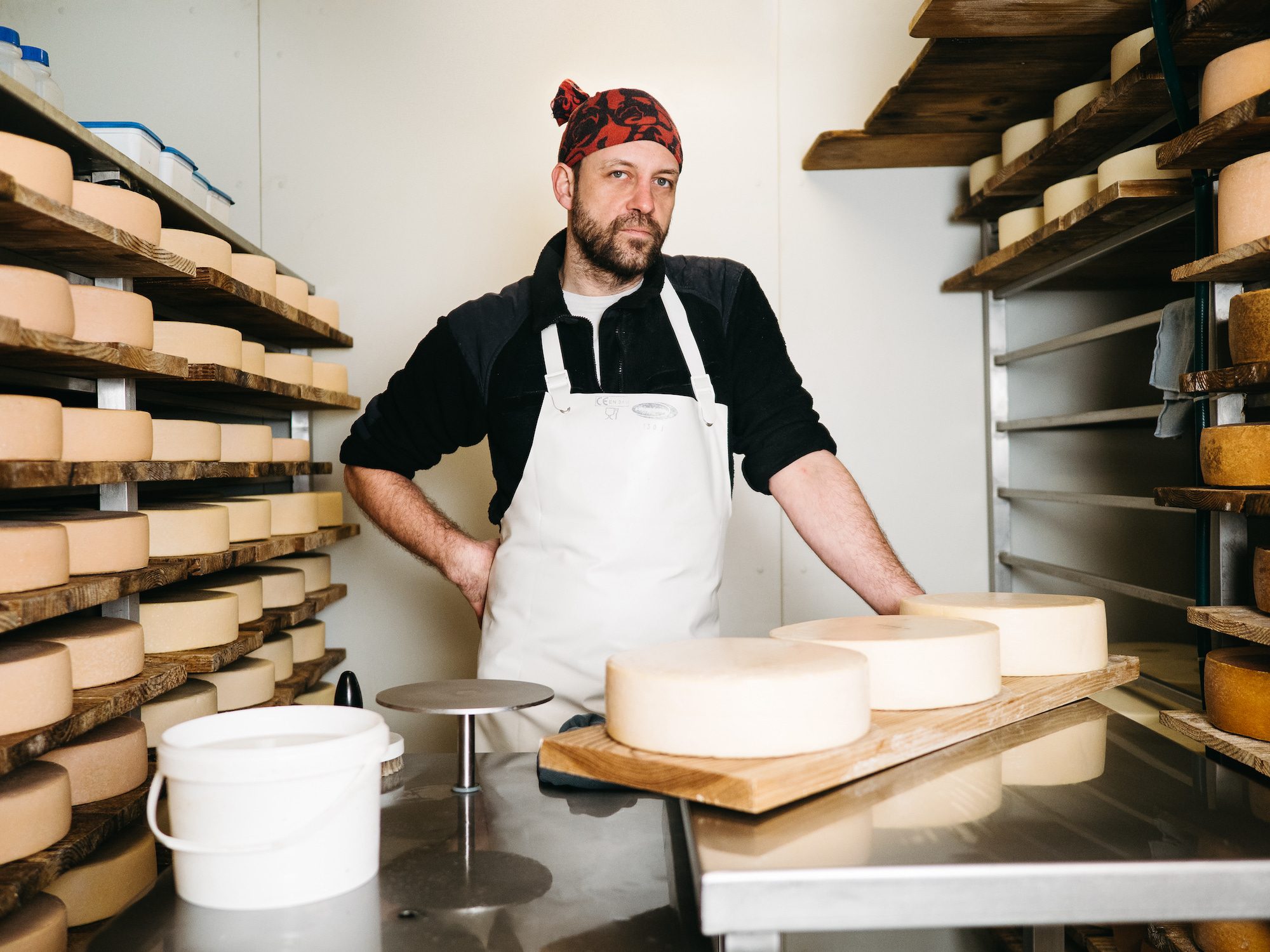Meet the Cheese Makers Melbourne Trusts: The Heritage of Floridia Cheese Thomastown
Meet the Cheese Makers Melbourne Trusts: The Heritage of Floridia Cheese Thomastown
Blog Article
Unlocking the Tricks of Artisanal Cheese Making: A Step-by-Step DIY Overview
In the realm of culinary craftsmanship, artisanal cheese making stands as a testament to the delicate balance between custom and advancement. As we begin on this trip to debunk the art of developing exquisite cheeses, we are encountered with a tapestry of abilities and keys waiting to be deciphered.
Picking the Right Milk
When getting started on the journey of artisanal cheese production, the choice of milk plays a critical function in figuring out the high quality and qualities of the final product. The kind of milk chosen affects the taste, appearance, and generally account of the cheese. Raw milk, straight from the animal, is favored by lots of artisanal cheesemakers due to its special blend of enzymes, microorganisms, and flavor substances. Nonetheless, utilizing raw milk features policies and dangers, making pasteurized milk a much safer choice for newbies.
When choosing milk for cheese production, it is necessary to consider the fat web content. Higher fat web content in milk can cause a creamier and richer cheese, while reduced fat web content might result in a drier and stronger texture. In addition, the resource of the milk, whether from cows, goats, sheep, or buffalo, adds unique flavors and features to the cheese (Floridia Cheese). Each sort of milk brings its very own nuances, permitting a variety of cheese ranges to be crafted based upon the chosen milk. Eventually, the option of milk is a fundamental choice that establishes the foundation for a successful artisanal cheese-making undertaking.
Culturing and Coagulating
To initiate the cheese-making process, the critical actions of culturing and coagulating must be very carefully executed to change milk into curds and whey. Culturing involves introducing advantageous germs to the milk, which then begins the fermentation process. These bacteria transform lactose (milk sugar) right into lactic acid, developing the acidic setting essential for coagulation. The kind of society made use of can significantly influence the taste, texture, and ripening of the final cheese item.

The timing and temperature control during culturing and coagulation are important elements that affect the last outcome of the cheese. Appropriate implementation of these steps is necessary to ensure the wanted appearance, taste, and consistency of the artisanal cheese being produced.
Draining and Pressing Curds
After the milk proteins have actually coagulated and the curds have been reduced to release whey, the next essential action in artisanal cheese making involves draining pipes and pressing the curds to achieve the wanted texture and uniformity of the final cheese product. Draining pipes is the process of separating the curds from the whey. This can be done by moving the curds right into a cheesecloth-lined bowl-shaped sieve or mold and mildew and permitting the whey to drain pipes off naturally. The moment for draining pipes can differ depending upon the kind of cheese being made and the preferred moisture content.
Pressing helps expel any staying whey and compacts the curds to develop a solid cheese wheel. Appropriate pressing and draining pipes are essential steps that significantly impact the high quality and attributes of the artisanal cheese being created.
Aging and Flavor Strategies
Applying careful aging and flavor methods is crucial in improving the deepness and complexity of artisanal cheeses, raising their preference profiles to exquisite levels of improvement and class. Aging plays an important role in creating the one-of-a-kind flavors and appearances that differentiate artisanal cheeses.
Seasoning techniques likewise add dramatically to the final preference of artisanal cheeses. Cheesemakers may pick to introduce added flavors by incorporating active ingredients such as herbs, spices, and even fruits into celebrity throughout the production process. Additionally, some cheeses are cleaned or rubbed with different fluids, such as brine or alcohol, to boost their structures and flavors.
Wrapping and Keeping Cheeses

Conclusion
To conclude, understanding the art of artisanal cheese making includes very carefully selecting the best milk, following exact culturing and coagulating procedures, draining pipes and pressing curds efficiently, and weblink making use of different aging and flavor strategies. By adhering to these steps diligently and with interest to detail, you can create your very own delicious and distinct cheeses in the house. Remember to wrap and keep your cheeses effectively to guarantee ideal taste and appearance development. Pleased cheese making!
Each kind of milk brings its own nuances, allowing for a large array of cheese selections to be crafted based on the selected milk.After the milk healthy proteins have coagulated and the curds have been reduced to launch whey, the next crucial step in artisanal cheese making entails draining pipes and pressing the curds to achieve the wanted appearance and consistency of the final cheese item. Most cheeses ought to be covered in wax paper or cheese paper to enable them to take a breath while securing them from drying more info here out. For cheeses that require to proceed aging, such as bloomy peels or cleaned peels, guarantee they are saved in a great setting like a cheese cavern or a fridge set to the suitable temperature. By paying attention to the wrapping and storage space of artisanal cheeses, cheese manufacturers and fanatics can maintain the honesty of these specials and fully appreciate their intricate flavors.
Report this page